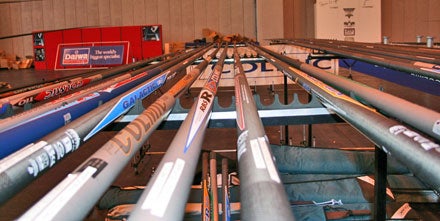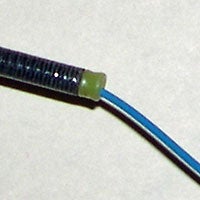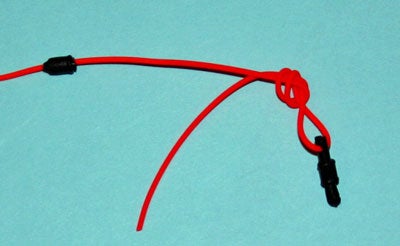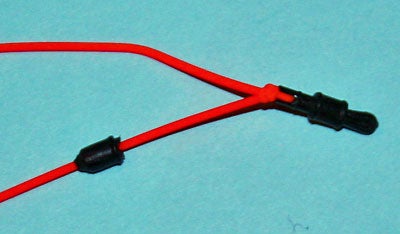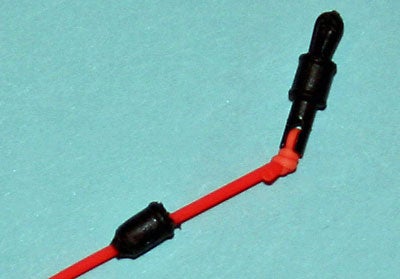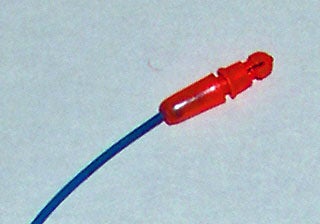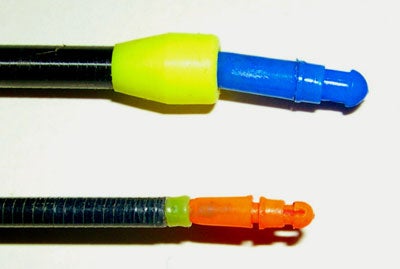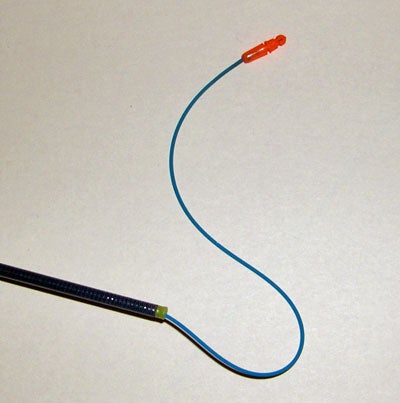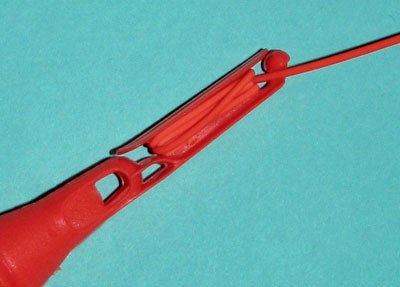Commercials 5 – Buying and Elasticating a PoleVisit a popular ‘commercial’ carp water, and several methods are likely to be in use. There are the pole anglers, anglers legering with method feeders or bolt rigs, and yet others are float fishing with good old fashioned rods and reels. So where do you start? All of these approaches will work, but which one is best suited to a novice, and why?
Floatfishing is one of the most active and satisfying ways of fishing this type of water. It’s fun, demands concentration, and is a skill that can be developed and refined with experience. The great thing about this style of fishing is that it doesn’t need incredibly sophisticated gear to catch fish. So keeping it simple gives us two options: pole fishing, and floatfishing with a rod and reel. Those that already have a suitable rod for floatfishing don’t have to buy a pole to catch fish on commercials. There are plenty of ways to catch fish using some simple floatfishing rigs, and adaptations of pole fishing rigs as well. But for those that would like to find out much more about poles and pole fishing then read on. I shall come back to rods and reels later in the series. Poles Fishing with a pole is simple. Extendable through detachable joints, it gives you the potential ability to fish up to about fifteen yards from the bank with tremendous precision. You attach the line, float (with shotting), hook and bait (collectively known as a rig) to the end of the pole. Inside the end of the pole is an adjustable length of special elastic. This comes in different strengths known as ratings. The pole elastic acts as a shock absorber to help play the fish so that you can land it. At the end of the pole the elastic emerges through a Teflon collar (PTFE bush), terminating in a plastic link known as a Stonfo. Attach the rig to this using a small loop, and you’re ready to fish. The other end of the elastic is anchored inside the pole using a plastic cone called a bung. The overall length of the rig is the depth of the swim plus a short length between the end of the float and the end of the pole. By breaking down the pole at the appropriate point you can bring the rig in for re-baiting or landing fish. The most daunting aspect of pole fishing is that those using poles always seem to be doing so at vast lengths. The secret is to learn to use a pole at much shorter lengths. Even though your first pole may be 11, 12, 13 metres, there is no reason why you shouldn’t learn to use it with just three or four sections (4 – 5 metres in pole terms). (I hope that you will get used to the strange mix of metric and imperial measurements that you will find in pole fishing). It’s best to gain confidence using the pole at a short length, and slowly increase the length that you are comfortable at in easy stages, so the next stage might be seven metres. This has many advantages; it is much easier to handle the pole at shorter lengths, it’s easier to learn to feed accurately, to present the bait well and play fish. Finally you will learn that with a little skill that you can catch fish much closer in than maximum pole range. With poles you get what you pay for and a top class pole of 16 metres is going to cost a lot of money (£ 500+, and could be a lot more). But a tough, useable pole of 11 metres might well do everything that an experienced pleasure angler could wish for at a fraction of this. So what qualities should you look for in a first pole?
Just when you think the spending has stopped you find that your lovely new pole needs more expenditure to make it useable. Earlier on I mentioned getting top kits for your pole. You need to modify each of these to fit the PTFE bush with the elastic and suitable bungs to attach it to. By far the best way to get this done is to persuade the tackle dealer to do it for you. The tackle dealers that I know do this free of charge provided you have bought the pole from them, and obviously you will spend more money to get kitted out.
There are two types of PTFE bush; internal fitting and external fitting. The internal ones have a small bore that is only suitable for elastic up about a size 8, and so for larger sizes you must use an external fitting bush. For lighter elastics, size 6 and below, it is necessary to either cut back a match top section or use a power top that should not need cutting back. With the heavier elastics it will be necessary to either use a power top section or discard the first section and put the bush into the second section.
The characteristic of pole elastic that makes it such a good shock absorber is its stretchability, and pole elastic typically stretches to about six times its starting length. My recommendation is to have three 2 top sets with sizes 5, 8 and 12 elastic, and, as I’ve said, a good tackle dealer will know what to do regarding set-up. To start with, get regular elastic rather than pure latex or the special fluid filled hollow elastic types. With more experience you may want to switch to these other types but best to keep it simple at first. To one end attach a little gadget called a Stonfo using an overhand knot, suitably lubricated and tightened. Slip the collar over the knot having tightened it first. It is vital that you don’t damage the elastic when attaching this as this is the weakest spot.
At the other end fit the bung (a plastic cone with a small elastic winder) inside the joint (usually two joints down), and retrievable using a device that hooks into the bung. Carefully cut the bung using a sharp Stanley knife. You need to cut enough off the bung so that the bung is just inside the bottom of the joint enough to avoid fouling the joint that will be inserted into it. Join the elastic to the bung with another overhand knot, again moistened and tightened carefully.
Most bungs used today have a small winder that is used to adjust tension and carry a small amount of spare elastic, say up to a foot. This allows you to re-tie elastic to the Stonfo should the elastic start to wear at the knot (it will, believe me). Check the elastic every time you use the pole for tiny nicks and abrasions, especially at the Stonfo.
Guidance on pole elastic This is only a rough guide, and bear in mind that the size of hook that can be used must also be balanced with the elastic. There is no point using strong elastic with a small fine wire 22.
Elastic grade 5-6 – ideal for big roach, average bream; hook links to 2lbs bsElastic grade 8-10 – ideal for small carp to 4-5lbs, average tench; hook links to 4lbsElastic grade 12-14 – ideal for carp to about 8-10lbs; hook links to 5lbs Next week – more pole fishing kit options including floats. |
Welcome!Log into your account










